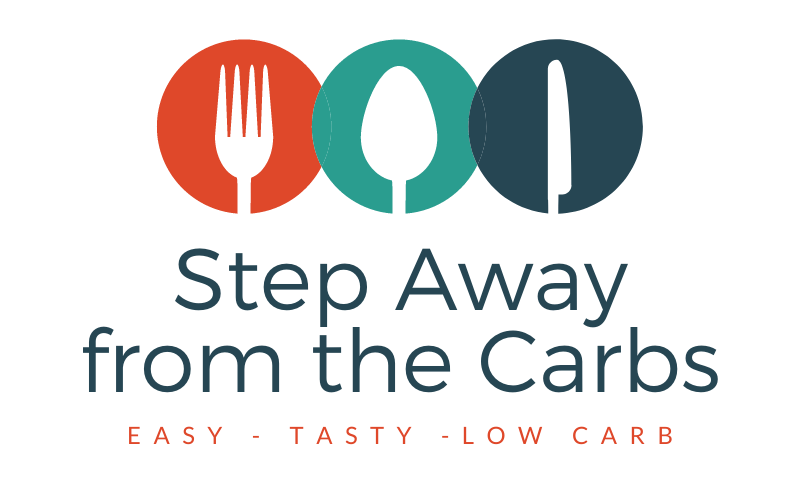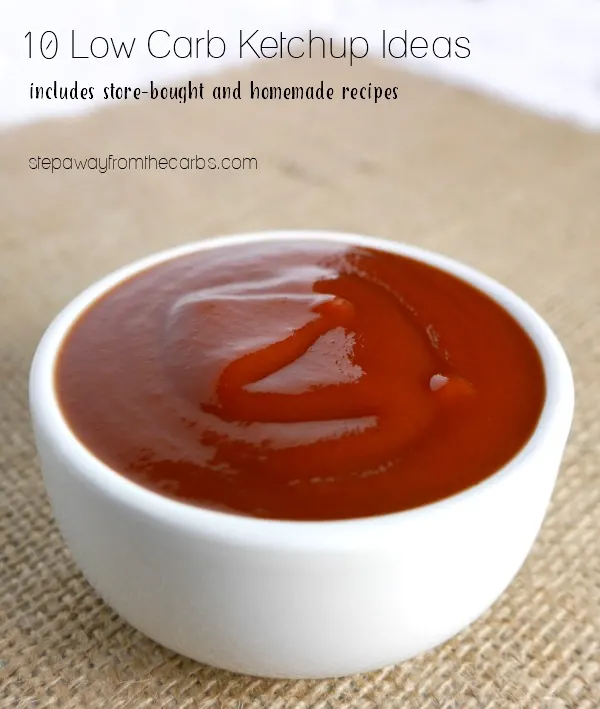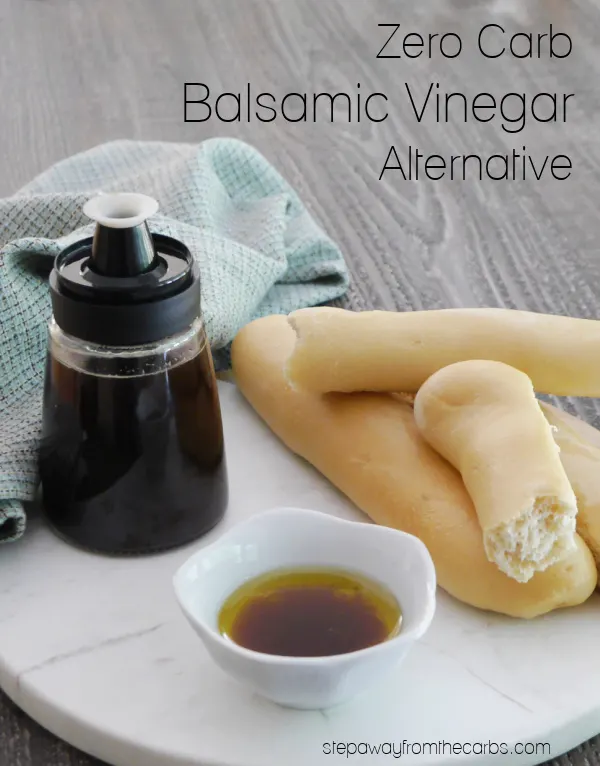Here's my guide to hidden carbs – because manufacturers have a habit of sneaking them into food where you least expect it!

This post may contain affiliate links.
Whether you're just starting out on this way of eating, or you've plateaued and don't know why – you should check this list! It could be that you are accidentally having more carbs than you planned.
The running theme that you'll soon notice is sugar. Sugar is cheap and makes food taste good. While that might be understandable in sweet products, sugar is frequently added to savory items too. Always read the label!
I've listed a few key areas to consider below, and given a few suggestions. I could give examples for everything but I also want you to find out what you can get locally – or make yourself! Have you been caught out with any of these?
Top Places to Find Hidden Carbs
Tomato products – sugar enhances the flavor of tomatoes, so many pasta sauces, ketchups, salsas and tomato soups are higher in carbs than you'd expect. Look for versions that are lower in carbs, like G Hughes ketchup which is only 1g net carbs per tablespoon (compared to 5g in regular ketchup!). Read my full review of low carb ketchup products to make or buy!
Salad dressing and vinaigrette – some of these products are unbelievably high in carbs! I've seen salad dressings with 14g carbs per serving of two tablespoons! Luckily, there are some zero carb versions available – or you can make your own! Try my low carb cilantro vinaigrette!
Milk alternatives – I use unsweetened almond milk almost on a daily basis. Whether you like almond milk, soy milk, cashew milk or one of the many other milk substitutes, make sure you buy unsweetened. Read my guide to milk alternatives for more info.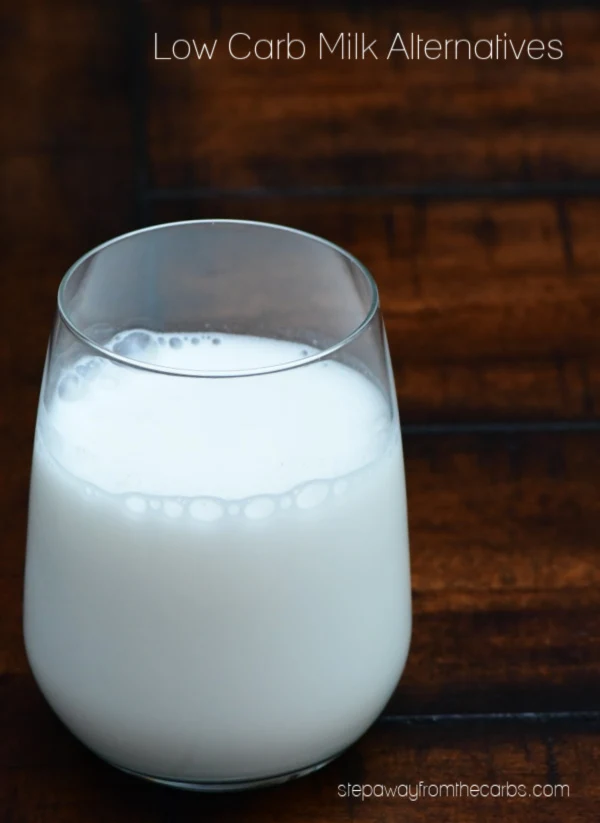
Low fat mayonnaise – regular mayo doesn't contain any carbs, but low fat versions often contain 2-3g per serving of one tablespoon. It all adds up!
Balsamic vinegar – apple cider vinegar, white wine vinegar, or malt vinegar doesn't contain any carbs, but Balsamic can contain up to 7g per serving of one tablespoon. Update! Check out my new recipe for zero carb balsamic vinegar!
Peanut butter – you can enjoy peanut butter on your low carb diet as long as you look for natural and unsweetened versions.
Processed meats – hot dogs, jerky, honey roast ham, lunch meat and even some bacon can contain more carbs than you bargained for, especially if they are honey or maple varieties. Sugar really doesn't need to be added to meat – but it is a common practice. As ever, read those labels!
Barbecue sauce – this sauce is often laden with sugar, and therefore super high in carbs! I make my own low carb barbecue sauce – or when I'm feeling lazy Guy’s Barbecue Sauce really hits the spot!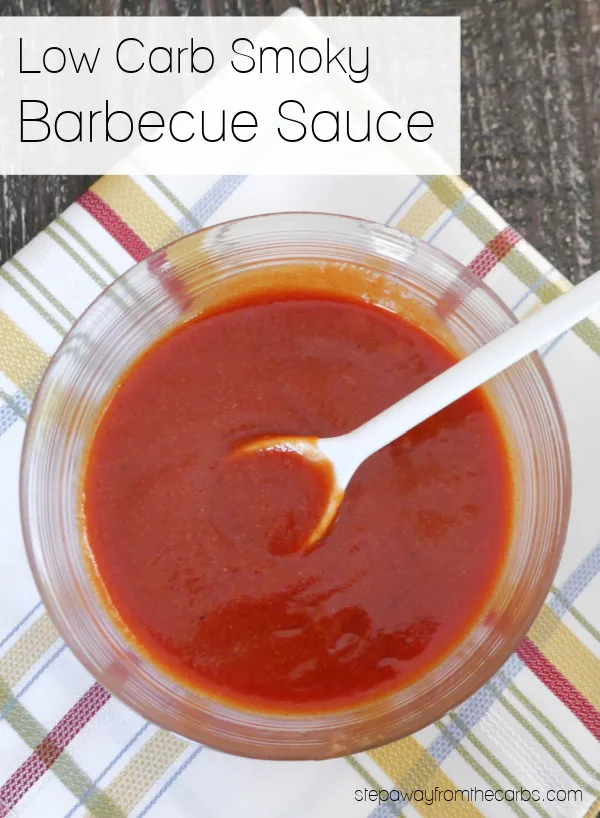
Seafood – I love every kind of fish and seafood, but not all of it is low carb. Oysters, mussels, scallops and clams all contain carbohydrates, so enjoy them sparingly.
Medications – cold and flu remedies, vitamins, antacids, calcium supplements and many more can all contain sneaky carbs. Obviously if something is prescribed to you to make you better, then you should take it. But when you have options, try to make wise choices: gummy chewable options might be nicer to swallow, but are likely to contain more carbohydrates.
Sugar free products – yes – it's not all about the sugar! Low carb often means sugar free (but not always!), but sugar free definitely does not mean low carb! The same goes for gluten free, too.
What also must be mentioned here is that there may be hidden carbs in foods which are not listed on nutritional labels. According to USDA regulations, if a product contains 0.9g carbohydrates per serving, the manufacturers can put a big fat zero next to the amount of carbs. Which is very confusing for the consumer. For example, a teaspoon of a particular sweetener may contain “zero” carbs, but if a cup of that sweetener is used to bake a cake, the carb count won't be anywhere near zero if the teaspoon ACTUALLY contains 0.6g net carbs. Those carbs are going to add up – fast. So if you're using a product with “zero carbs” in any great quantity, you may want to do a quick internet search to find out more!
Have you been caught out by anything else I haven't mentioned? Let me know in the comments!
